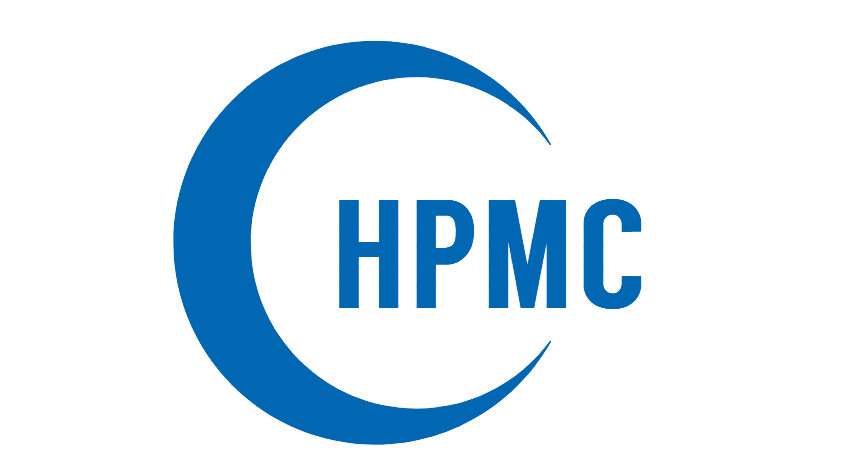HPMC greatly improve the perforcemance of wet-mix mortar. Wet-mixed mortar is a mixture of cement, fine aggregate, mineral admixtures, admixtures, additives, and water in a particular proportion, after being measured and mixed in a mixing station, transported to the place of use, and used within a specified time. The raw materials used in wet-mixed mortar do not need to be dried, and there is no need to set up storage tanks, mixers, and other equipment on site. It has the advantages of low cost, centralized mixing, stable quality, and green manufacturing.
Under the current construction situation where manual operations are still the mainstay, the supply of wet-mixed mortar at one time must be larger than the one-time construction, which determines that wet-mixed mortar must be used for a long time and still has good water retention and consistency. Therefore, the two technical indicators of wet-mix mortar mixture’s water retention rate and setting time have become the key to its popularization and application.
1. HPMC can improve the cohesion and water retention of the wet mortar mixture, but excessive mixing will reduce the consistency of the wet mortar mixture.
Water retention rate is an important performance index of wet-mixed mortar. While some components of mortar and concrete are the same, they function differently. Generally, concrete is poured in concrete and wood formwork that retains most of the water. The mortar is usually used on water-absorbing surfaces, and the moisture in the mortar is easily lost or evaporated into the atmosphere, so the water retention of the mortar becomes more important than that of the concrete.
The reason why HPMC enhances the consistency of wet-mixed mortar is water-retaining, can improve the cohesiveness of mortar, reduce the bleeding rate of mortar to a certain extent, but improve the fluidity of wet-mixed mortar within a specific dosage range; However, the high content of Hydroxpropyl Methylcellulose makes the wet-mix mortar too cohesive, which reduces the fluidity of the mortar and makes the mortar more challenging to construct.
2. HPMC will reduce the compressive strength of wet-mix mortar specimens, and the reduction is more significant, but HPMC can increase the tensile bonding strength of wet-mixed mortar.
For plastering mortar, bond strength is an important indicator. Generally speaking, plastering mortar requires good workability and workability. In order to form a uniform mortar layer on the construction surface. The strong bonding strength of the mortar can make the mortar and the base layer firmly bonded, and the long-term use will not cause cracking and falling off.
The cellulose ether and the hydration particles form a thin layer of a polymer film with a sealing effect and preventing water loss, with good water retention, so that it has enough moisture to ensure the hydration and strength development of the cement and improve the bonding strength of the paste. On the other hand, Hydroxpropyl Methylcelluloseenhances the cohesiveness of the wet-mixed mortar to ensure its good plasticity and flexibility, reduces the slip stress between the wet-mixed mortar and the substrate specimen interface, and further improves the interface bonding ability of the mortar.
3. It is recommended that during the preparation process, HPMC is mixed into the wet-mix mortar in the form of a solution rather than directly integrated with the form of a powder.
The former has a better effect on improving water retention, cohesion, and mechanical properties of wet-mixed mortar. When the converted content of Hydroxpropyl Methylcellulose is in the range of 0.01%~0.04%, the water retention rate of HPMC in solution form is 1.4%~3.0% higher than that of powdered HPMC in wet-mixed mortar. Therefore, HPMC mixed in the form of a solution has a better effect on improving the water retention of wet-mixed mortar.
